
Severe weather makes it challenging to select the right camera settings and snap the perfect pic, as the lighting changes quickly, and you may need to find a cover.
Besides, you need to take care of your equipment and select the right timing for your storms photos to capture dynamic moments like a lightning strike. However, by honing your skills and preparing for a trip carefully, you are likely to succeed.
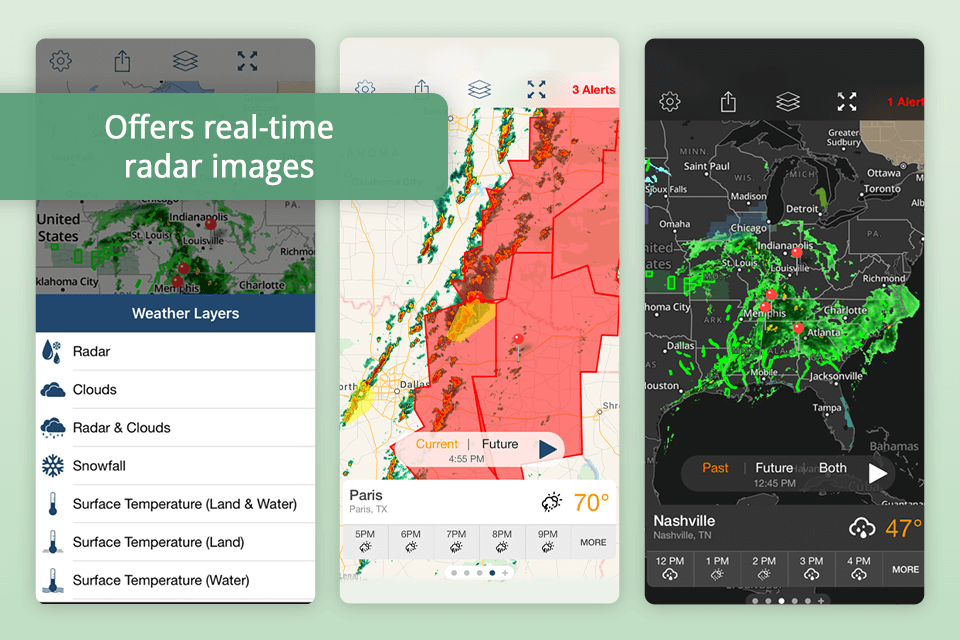
I always analyze weather and storm forecasts before venturing outside to take photos. Using apps like RadarScope and Storm Shield, I can forecasts based on data provided by radars. It allows me to analyze wind patterns and see warnings in time to estimate the direction and intensity of an approaching storm. For instance, if I want to do snow storm photography, use such apps to select the right clothes for cold weather.
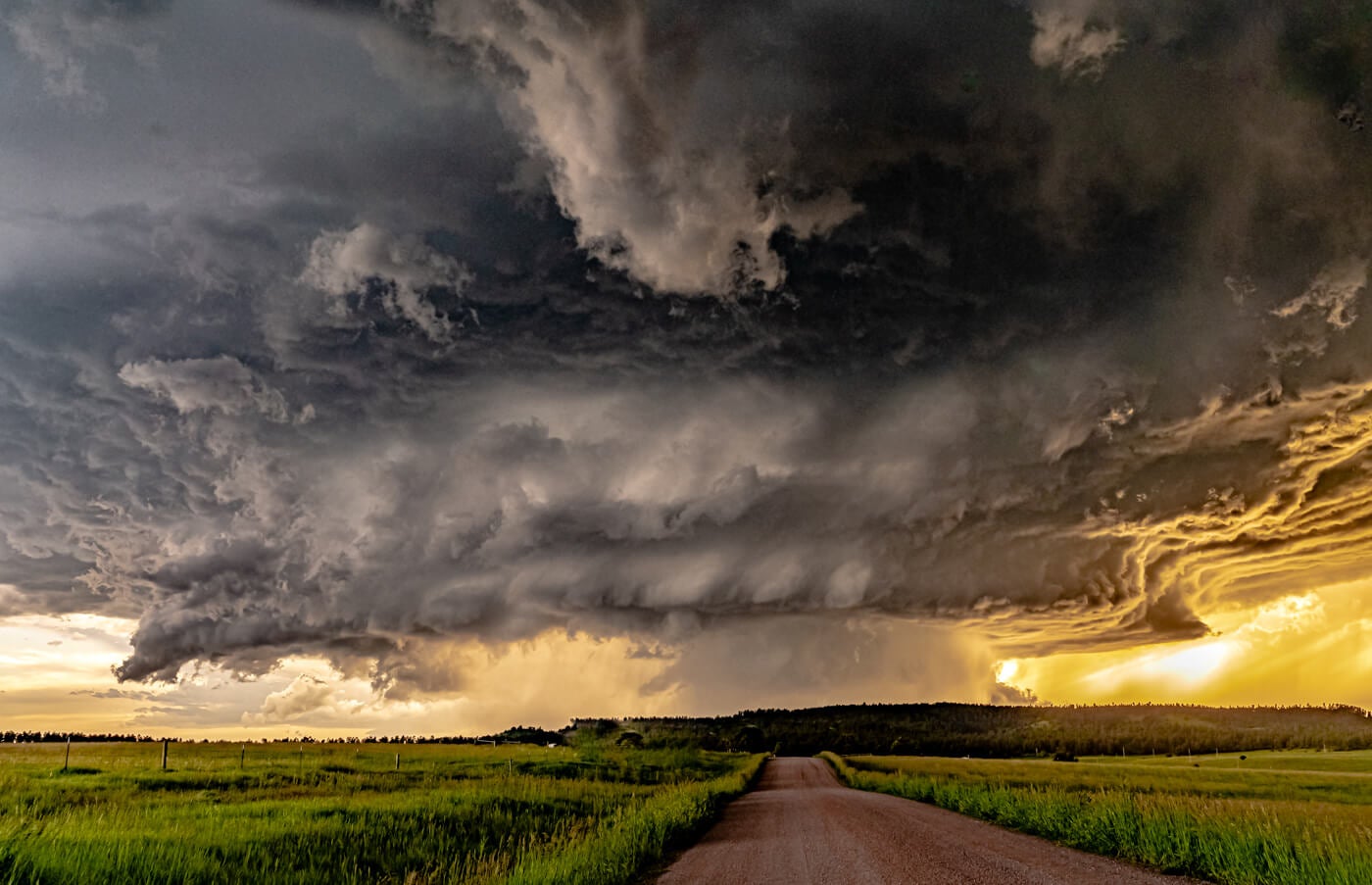
The best time to capture a landscape in the right light conditions is just before or immediately after a storm. If you choose the right timing, it will allow you to capture the magical interplay of light and shadow.
I prefer to prepare to shoot pics when the storm comes closer and recedes. The peak stage is also a great time to take photos, but you will need to find a shelter first.
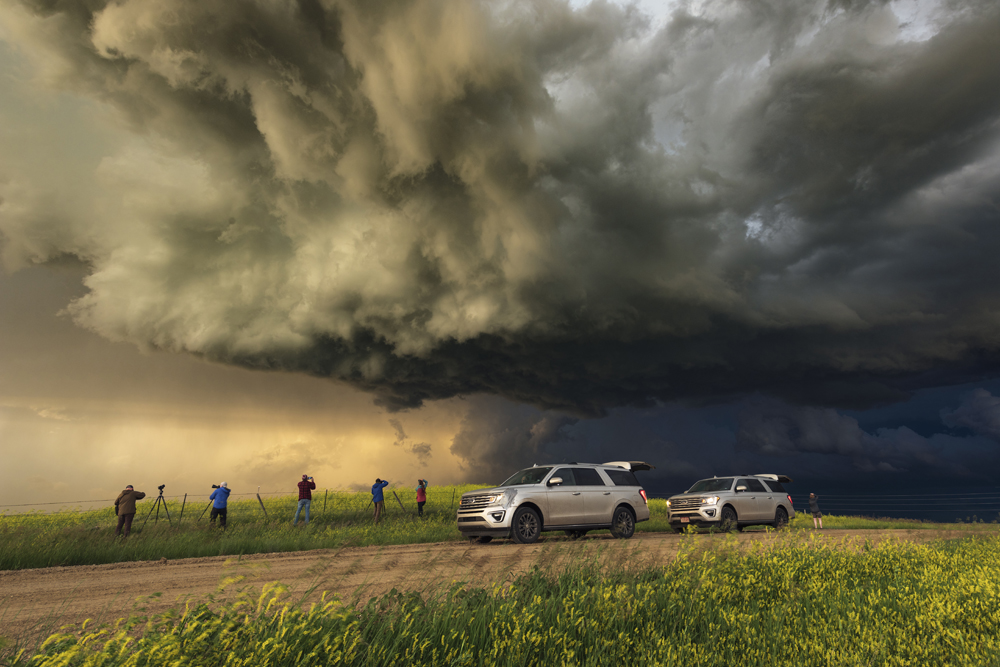
Just like when you are doing rain photography, you need to prioritize your safety when capturing storm photos. Lighting strikes are deadly, so it is recommended to stay at least 10 miles away from the center, as eye of the storm photography is extremely dangerous. Do not go to the open fields, avoid hilltops, and do not approach trees and metal structures to stay safe.
If you want to take photos of a tornado, check weather forecasts to estimate the speed and direction of a storm. Flooded roads may be especially dangerous as well. The torrents of water may sweep a car away.

Sturdy Tripod: A reliable tripod will help you stabilize your camera to take long-exposure shots, especially if it is windy. Using a shaky tripod will result in blurry photos, so pick a model with a hook. Using your camera bag as a weight, you will be able to further stabilize the tripod.
Camera Body: Utilizing a low light video camera at high ISO settings will be useful if you decide to do storm photography in poor light conditions. Full-frame sensors are perfect for low light situations, as they allow photographers to reduce noise. Do not use your camera in auto mode, as you will need to configure its aperture, shutter speed, and ISO for a better result.
Wide-Angle Lens: If you want to capture the whole sky in detail when taking photos of a storm, use a wide-angle lens. I recommend you utilize lenses with focal lengths ranging from 14mm to 24mm. They are best suited for storm photography as they enable you to take pics of the landscape and the sky above with little to no effort.
Weather Protection: When implementing various photography storm ideas, you often need to capture images in severe conditions. This is why you need to take the necessary steps to protect yourself from rain, wind, and hail. Using weather-sealed cameras and lenses will allow you to avoid unnecessary risks. You may also consider buying dedicated rain covers and waterproof bags to keep your equipment safe.
| Setting | Value | Result |
|---|---|---|
|
1/30 |
Facilitates capturing cloud movement and lightning and achieving the right balance to avoid overexposure.
|
|
|
f/8 to f/16
|
Impacts deep depth of field, keeping foreground and background sharp.
|
|
|
100-400
|
Reduces noise, especially in poor light conditions. Use native ISO for best quality.
|
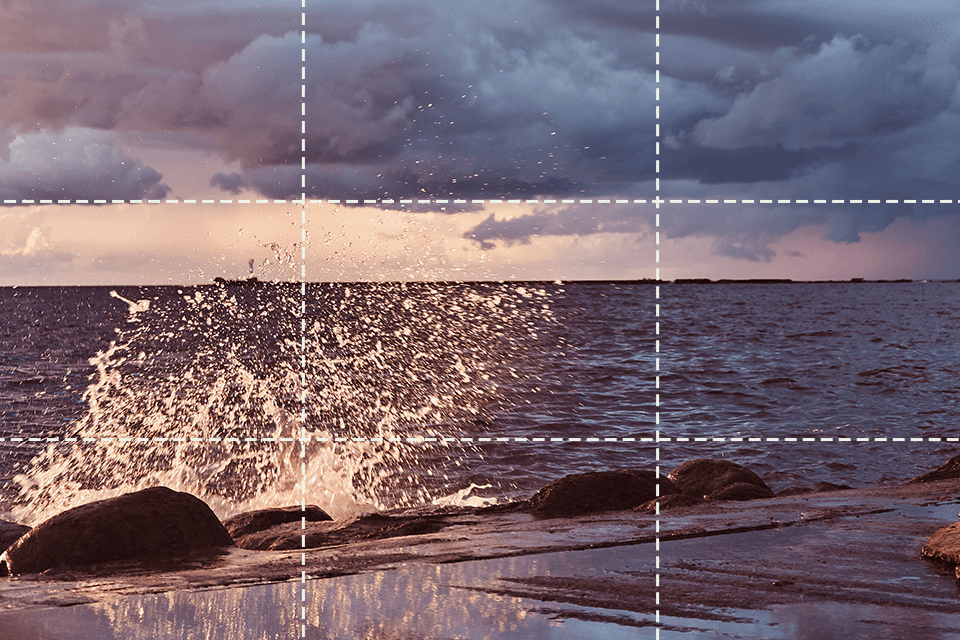
Rule of Thirds: Using the rule of thirds, you can easily capture a well-balanced composition that will grab the attention of your audience. The horizon should remain in the lower or upper third of the frame to allow you to emphasize the sky or your surroundings depending on the goal you want to achieve.

Leading Lines: Pay attention to the leading lines, such as roads, fences, or rivers. They will allow you to create a composition that focuses on the storm. These lines will allow you to emphasize the most dramatic and magnificent moments of a storm and capture photos with a dynamic feel.
When doing storm photography, I always focus on post-processing. It may involve enhancing contrast, fixing white balance, and reducing noise. Adobe Photoshop has all the tools I need to give my photos a professional look.
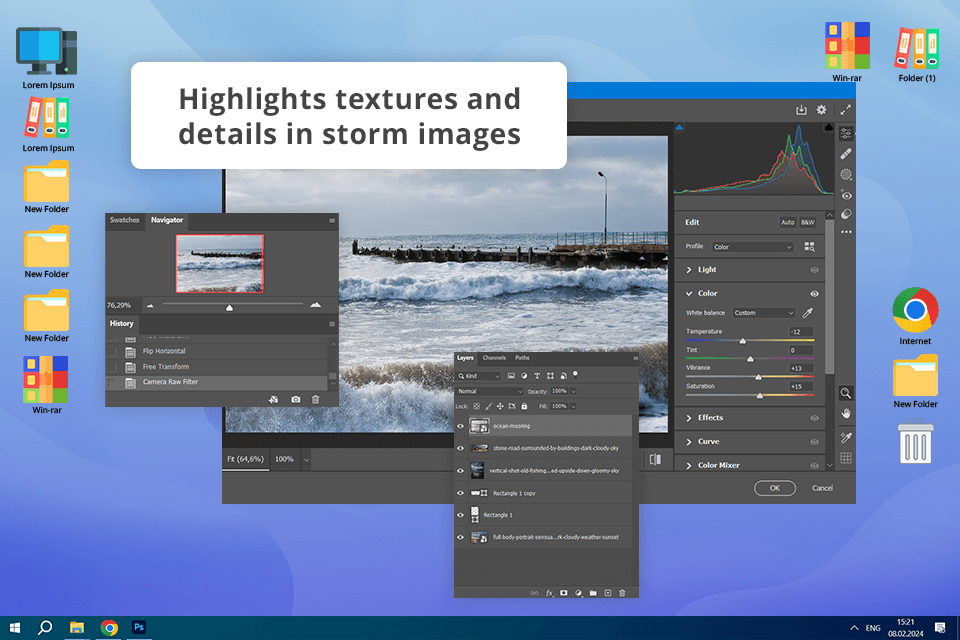
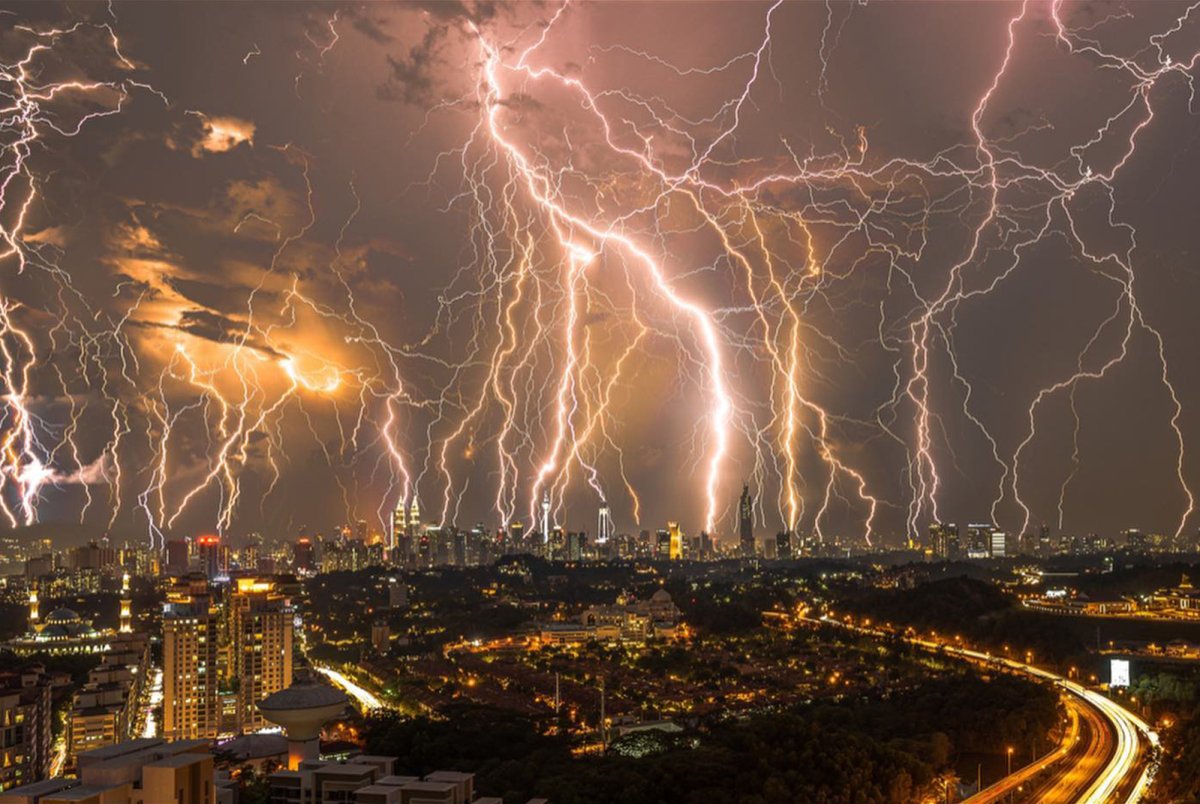
If you want to learn how to photograph lightning storms over a city, you can capture stunning pics after nightfall. Being one of the best night photo ideas, it is easy to implement if you manage to achieve the right contrast between the storm and the artificial lighting. Including landmarks or important buildings in the frame will allow you to take attention-grabbing pics and emphasize the scale of the lighting by capturing it in the context.
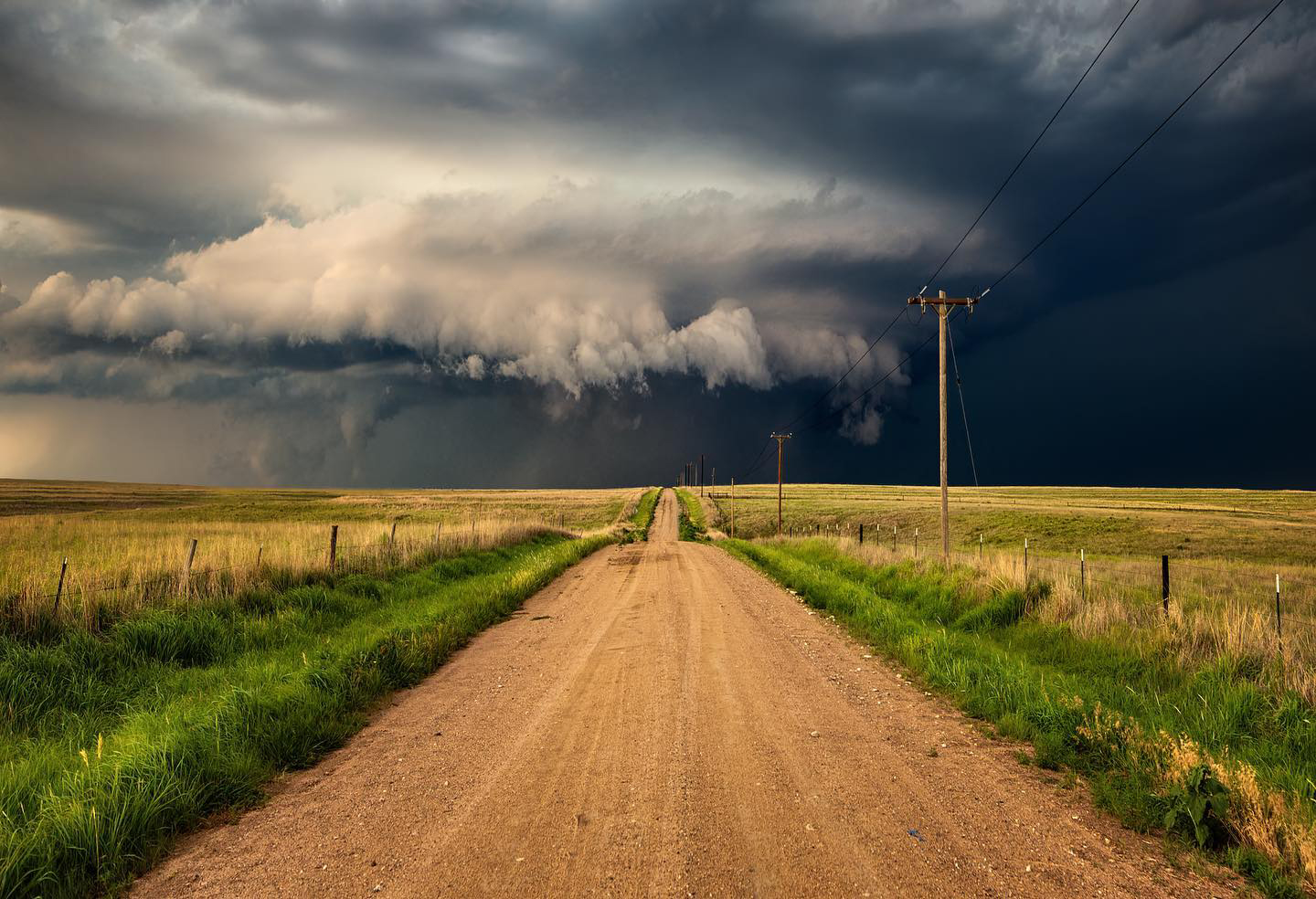
When traveling across the countryside, you can take excellent shots of a thunderstorm in a rural area. Be sure to select a location with buildings to capture a picturesque scene. While this composition is often used by photographers, you can make your photos unique by emphasizing the contrast between the magnificent forces of nature and the beauty of the rural area. You may also use time-tested photography lighthouse storm techniques.

Taking photos of an approaching tornado may be extremely dangerous. However, if you remain cautious and use some desert storm photography methods, you still can capture the moment when a tornado comes closer to a field. It will allow you to demonstrate the power of the wind and show that it destroys everything it touches. You need to select the right equipment to capture such shots from afar and remain safe.

You can capture stunning photos in the mountains during cloudy weather. The clouds will be juxtaposed with dark peaks, which will enable you to showcase the natural beauty of the rugged landscape. This photography technique is preferred by those who often travel in the mountains. Black and white storm photography may also be a great solution for those who like hiking in the mountains.
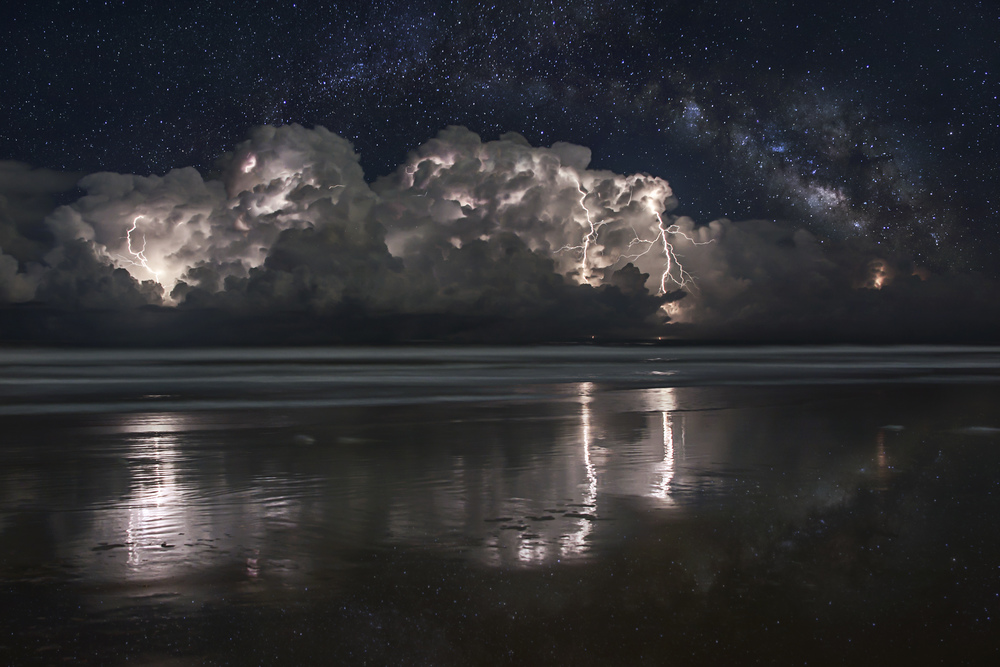
Taking photos of a stormy sky reflected in the water will allow you to emphasize its hidden beauty and capture mesmerizing lighting. Such photos will have a serene feel despite the stormy weather. This solution allows photographers to emphasize the tranquil beauty of a pond, river, or any other water body by juxtaposing it with stormy skies.

When a storm has passed, you have an excellent chance of capturing the rich colors of a rainbow and the vibrant beauty of a magnificent landscape or cityscape in the soft light. It will allow you to take photos with a nice contrast perfectly capturing the beauty of the location.

If you enjoy doing photography of storms, these free tools will help you highlight lighting in your pics. They will be especially useful for situations when it may be challenging to capture a landscape in the best light during a photoshoot. If you want to create storm effect in Photoshop, these effects will allow you to achieve more impressive results and give a dynamic feel to your photos.
In case you don’t have a lot of prior experience, I recommend you learn how to use overlays in Photoshop to enhance your photos like a pro.